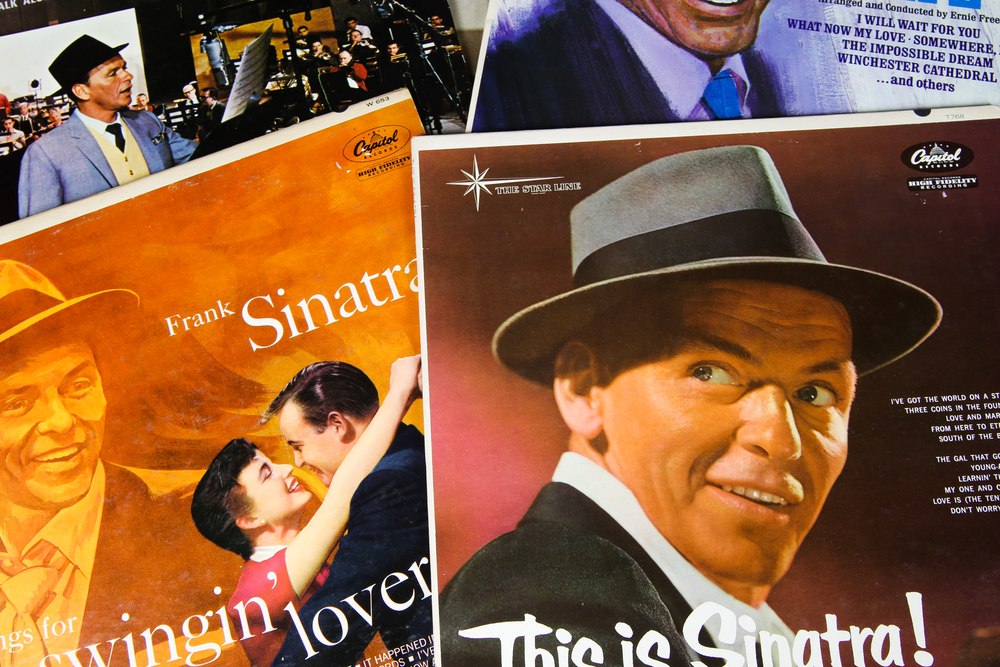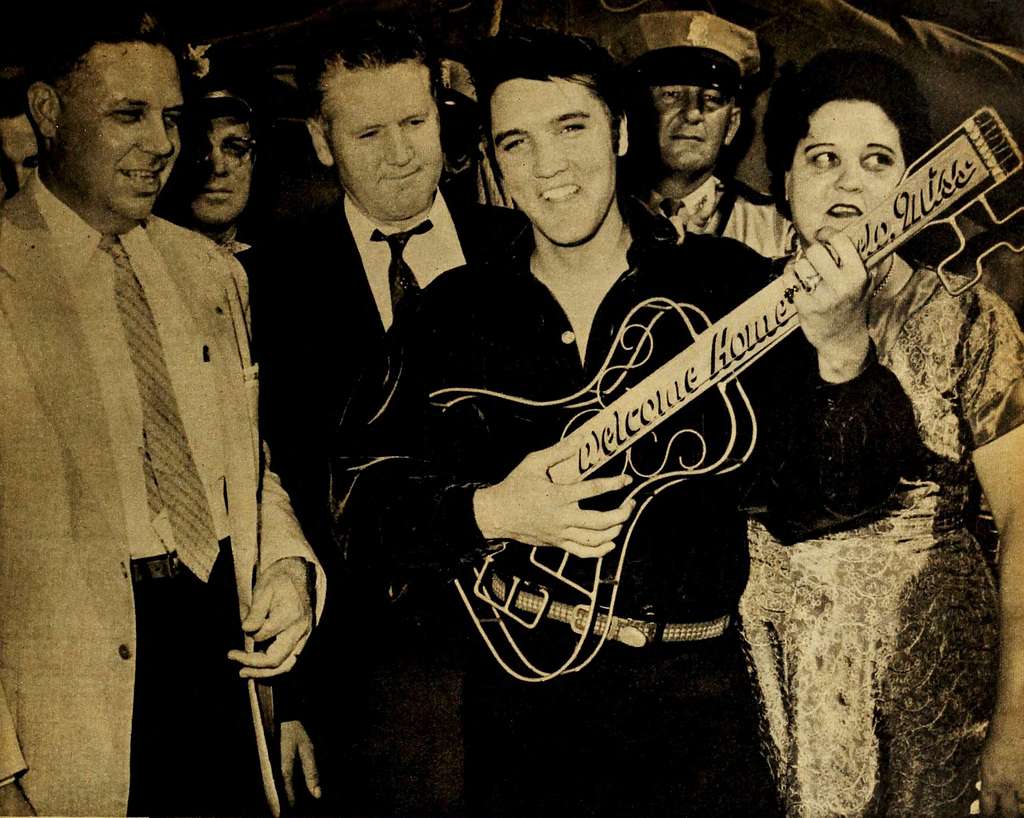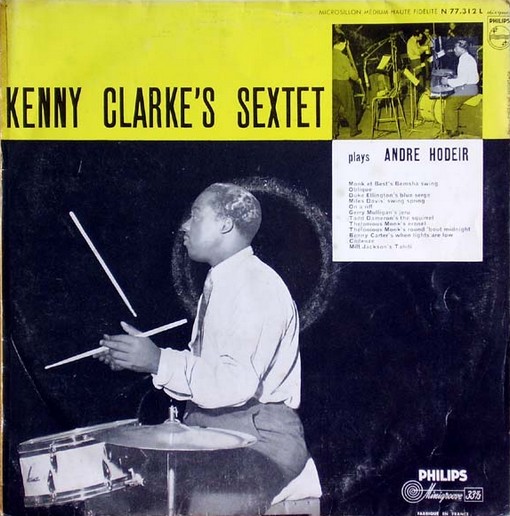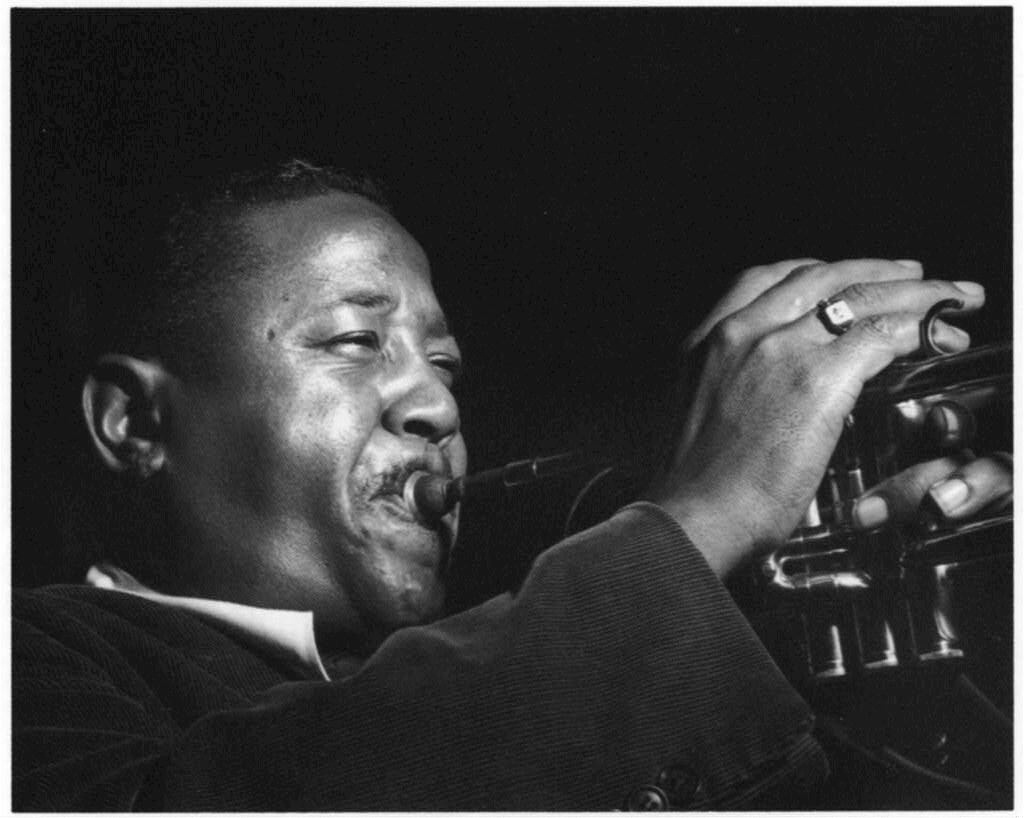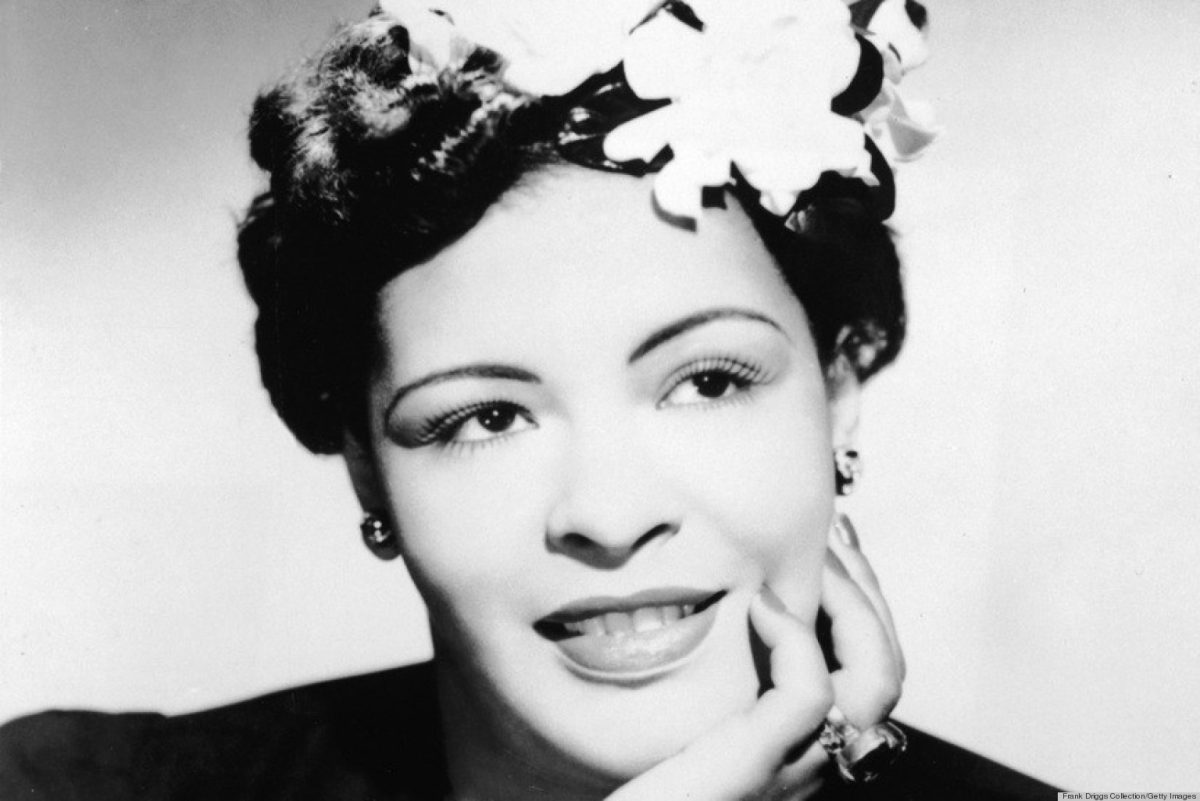[Monday’s Notes no. 29] It is rare in jazz for musicians to simply conduct without also being leading instrumentalists. Gil Evans is perhaps one of the most famous conductors, in the late 1940s he made a series of recordings published under the title Birth of the Cool, which created a sonic mixture never heard before.…Continue readingBoplicity, Gil Evans and cool jazz
Category: Monday Notes
A music analysis column dedicated to the great classics of jazz and rock music: every Monday a song with technical notes and curiosities. To start the week on a good note… and learn more about music.
[Monday Notes no. 23] The recording of the album Highway 61 Revisited was long and complicated, Bob Dylan wanted to replay some tracks many times, to the point of exasperating his musicians. Yet in his music there are no difficult instrumental passages and the singing part is simple, at times almost declamatory. So what was…Continue readingBob Dylan, Ballad of a Thin Man. Mr. Jones’ questions
[Monday Notes no. 21] Of all the possible nicknames for Frank Sinatra, The Voice is probably not the most appropriate. To be clear: his voice is warm and pleasant, but Frank’s greatness is not so much in his voice as in his ability to interpret songs as if he were singing them for the first…Continue readingFrank Sinatra, The Girl Next Door. The singer always tells a story.
[Monday Notes no. 19] Elvis Presley was rock’s first great rock hero. A whole generation recognised themselves in his provocative dancing, his flamboyant look, his songs full of energy and rhythm. Let us analyse his song Jailhouse rock.Continue readingElvis Presley, Jailhouse Rock. The birth of rock and roll
[Monday Notes no. 18] A former member of Duke Ellington‘s orchestra, Ben Webster began like many by imitating Coleman Hawkins, later developing a more personal style. The saxophonist was capable of powerful and passionate playing but his most original characteristics are his warm timbre and masterful use of dynamics, as occurs in Chelsea Bridge.Continue readingBen Webster, Chelsea Bridge. The warm voice of the tenor sax
[Monday Notes no. 17] Every art has its own magic places, where at a particular moment something special and decisive happened. For jazz music, one of these places is certainly Minton’s, where some musicians used to meet late at night for endless jam sessions, sometimes after playing elsewhere. Drummer Kenny Clarke was one of them.Continue readingKenny Clarke & Charlie Parker, Si Si. Bebop nights at Minton
[Monday Notes No. 16] In the 1930s, Benny Goodman was called by the press the ‘King of Swing’. To obtain this vague title, the clarinettist was certainly favoured by the colour of his skin. Nevertheless, the musician was of the highest calibre. Let us listen to and analyse one of his renditions of My Old…Continue readingBenny Goodman & Pegge Lee, My Old Flame
[Monday Note no. 8] Guitarist J.W.Smith remembers that Dizzy Gillespie, his room-mate during a European tour, used to wake him up every morning listening to Roy Eldridge’s After You’ve Gone.Continue readingRoy Eldridge, After You’ve Gone. Jazz trumpet between Armstrong and Gillespie
[Monday’s Note No. 5] Billie Holiday had a troubled existence, full of suffering. Many men enriched themselves by exploiting her, only to turn their backs on her in times of trouble. Among her few genuine friends was Lester Young, to whom she owes the nickname ‘Lady Day’. Let us analyse their interpretation of Without Your…Continue readingBillie Holiday e Lester Young, Without Your Love
[Monday’s Note No. 4] Louis Armstrong is one of the most charismatic characters in jazz history. Of humble origins, he survived a childhood full of dangers, and it almost seems as if a guardian angel lived on his shoulder and that nothing could disturb his extraordinary optimism. We listen to and analyse his performance of…Continue readingLouis Armstrong, West End Blues. Trumpeter singer and showman



